IPs have an attack surface that indicates how they can be compromised in real world scenarios. Some portions of the attack surfaces are well known, others are discovered during analysis, testing or out in the field. SoCs that use large collections of IPs need a systematic and reliable way to determine the various security vulnerabilities… Read More
Author: Daniel Nenni
A Future Vision for 3D Heterogeneous Packaging
At the recent Open Innovation Platform® Ecosystem Forum in Santa Clara, TSMC provided an enlightening look into the future of heterogeneous packaging technology. Although the term chiplet packaging is often used to describe the integration of multiple silicon die of potentially widely-varying functionality, this article… Read More
A Review of TSMC’s OIP Ecosystem
Each year, TSMC conducts two events – the Technology symposium in the Spring and the Open Innovation Platform (OIP) ® Ecosystem Forum in the Fall. Yet, what is the OIP ecosystem? What does it encompass? And, how does the program differentiate TSMC from other foundries? At the recent OIP Forum in Santa Clara, Suk Lee, Senior Director,… Read More
Webinar: OCV and Timing Closure Sign-off by Silvaco on Oct 10 at 10AM
The old adage that goes the one constant thing you can always count on is change, could easily be reworded for semiconductor design to say the one constant thing you can count on is variation. This is doubly true. Not only is variation, in all its forms, a constant factor in design, additionally the methods of analyzing and dealing … Read More
Micron Mired in Murky Memory Market – Cutting Capex 30%- 2020 Challenging
- Solid Quarter but soft Outlook
- Recovery Slow- Future Cost Downs Harder
- Demand slightly ahead of supply-Shelf Stuffed?
- Bouncing along the Bottom of the Cycle
Results ahead of expectation but guide behind expectation
Quarterly results were slightly better than street expectations at $0.56 EPS and $4.87B in revenues however … Read More
GLOBALFOUNDRIES Ready for IPO in 2022?
Hard to believe but it’s the 10th anniversary of Globalfoundries. What a journey this has been. It truly has been an honor to work with GF over the years as they invested many billions of dollars in the fabless semiconductor ecosystem and added a colorful chapter in semiconductor history, absolutely.
We have written hundreds of … Read More
Webinar of Recent NCTU CDM/ESD Keynote Talk by Dundar Dumlugol – Thursday September 26th
With many design teams still searching for an effective means of identifying Charged Device Model (CDM) issues early in the design process, it comes as no surprise that events on this topic generate a lot of interest and are well attended. In July Magwel’s CEO Dr. Dundar Dumlugol had the honor of being invited by Professor Ming-Dou… Read More
WEBINAR: AI-Powered Automated Timing Arc Prediction for AMS IP’s
A directed approach to reduce Risk and improve Quality
Safety and reliability are critical for most applications of integrated circuits (ICs) today. Even more so when they serve markets like ADAS, autonomous driving, healthcare and aeronautics where they are paramount. Safety and reliability transcend all levels of an integrated… Read More
Automatic Documentation Generation for RTL Design and Verification
Ask any hardware or software engineer working on a product, and they will tell you that writing documentation is a pain. Customers have high expectations for user manuals and reference guides, usually requiring a team of technical writers to satisfy their requirements. In order to meet time-to-market deadlines, documentation… Read More
AI Chip Prototyping Plan
I recently had the opportunity to sit down with a chip designer for an AI start-up to talk about using FPGA prototyping as part of a complex silicon verification strategy. Like countless other chip designers for whom simulation alone simply does not provide sufficient verification coverage, this AI start-up also believed that… Read More

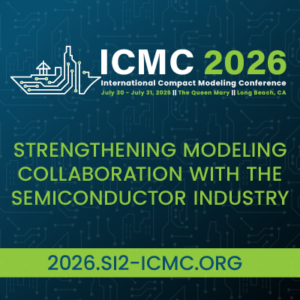
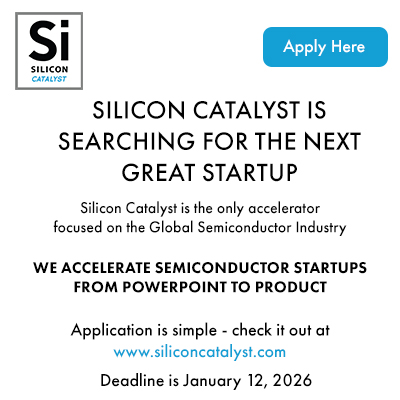







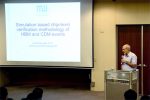


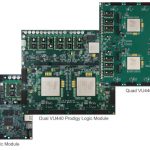
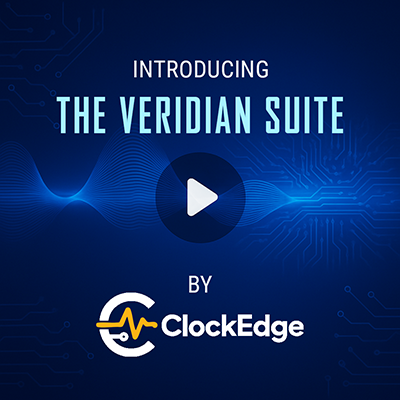

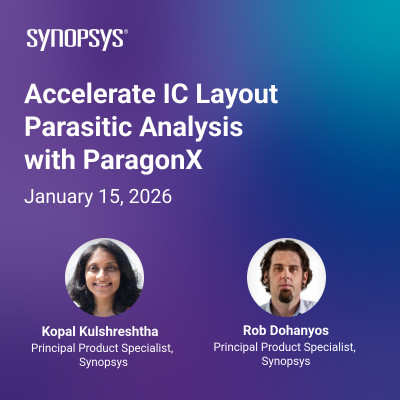




Quantum Computing Technologies and Challenges